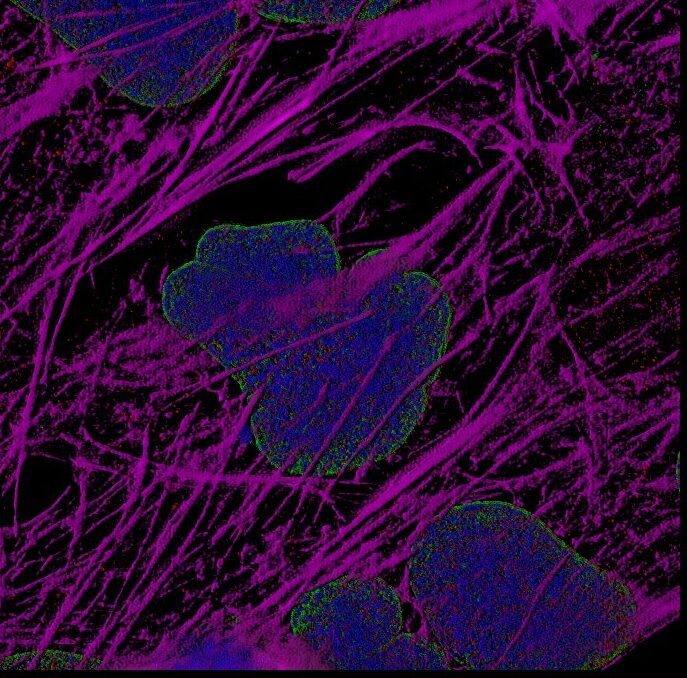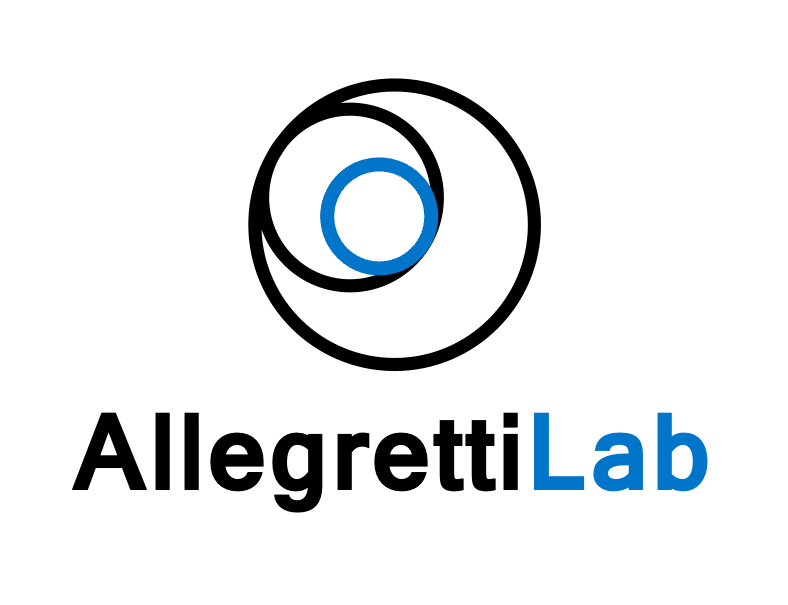Our lab aims to understand how macromolecules organize and interact in order to react to different stresses transmitted to the nucleus in healthy and disease conditions. High-resolution details of such organisation can help us to understand the molecular basis of nuclear remodelling, cell specialisation and of several disease phenotypes linked to aberrant nuclear architecture (ageing, cancer, developmental disorders).
Nuclear reshaping
We investigate the process of nuclear remodelling at the molecular level using different model systems: human cells and tissues, stem cells. Our focus is on the mechano-chemical principles that alter nucleus-cytoskeleton structure and coupling. We work also on in vitro reconstitution of the principal molecular components leading to nuclear reshaping.
Macromolecular “adaptation” in different physiological conditions
We are intrigued of how cells react to external and internal stimuli and we investigate changes in macromolecular conformations, protein complex formation and compartment remodelling (molecular plasticity) in vivo upon context perturbations, in pathological states or in differentiation pathways.

nucleo-cytoskeleton interaction in fibroblasts
